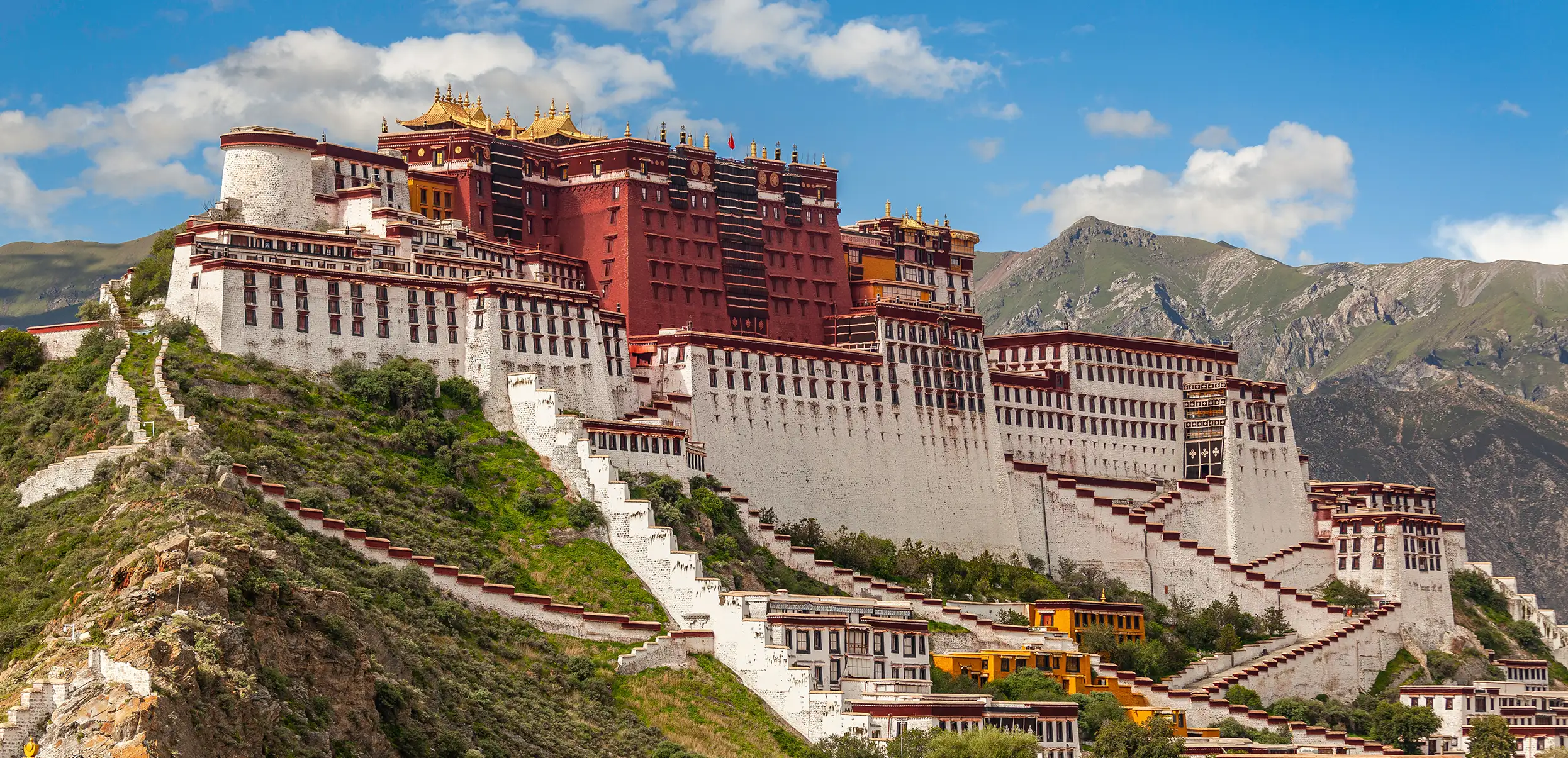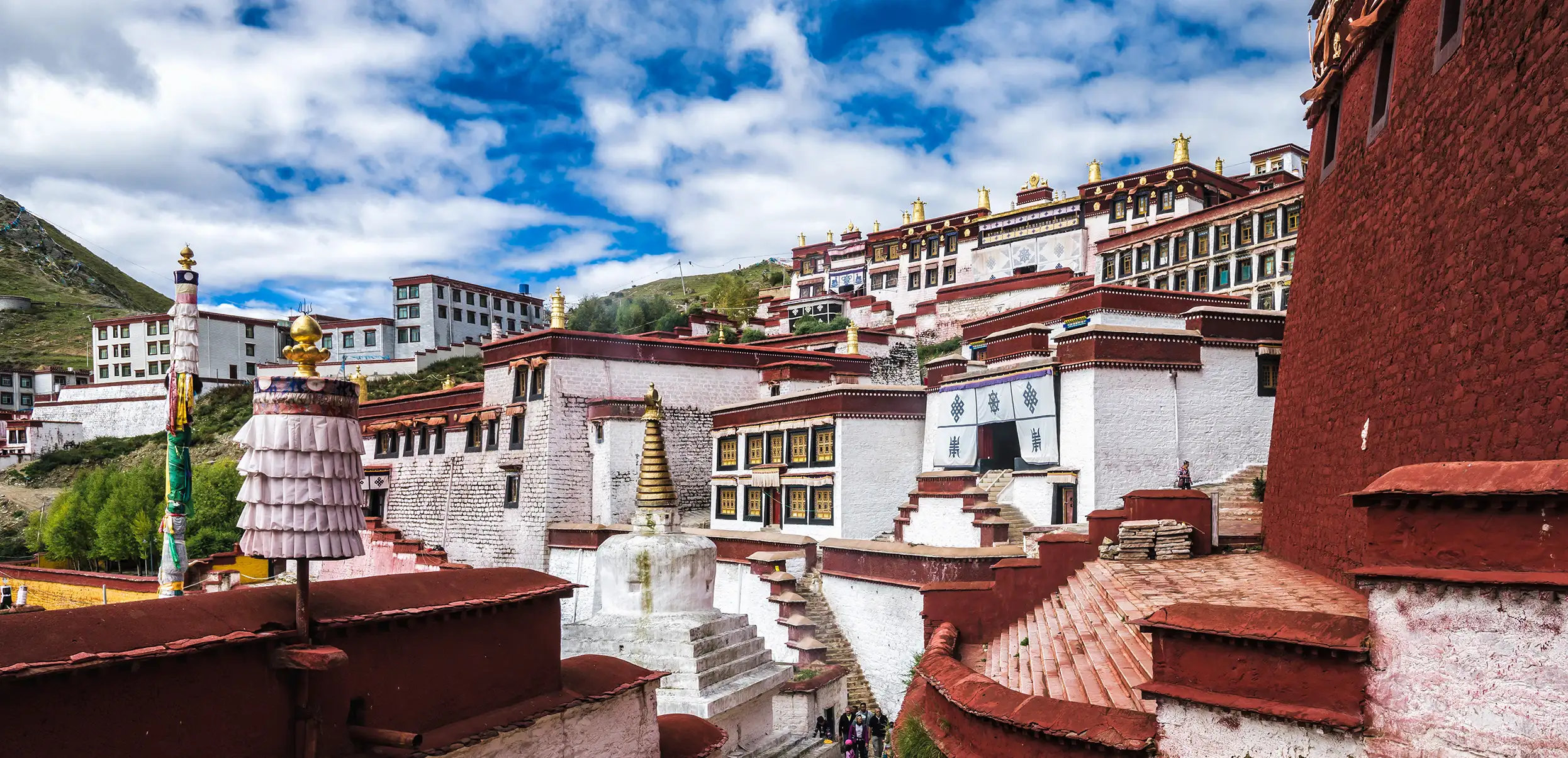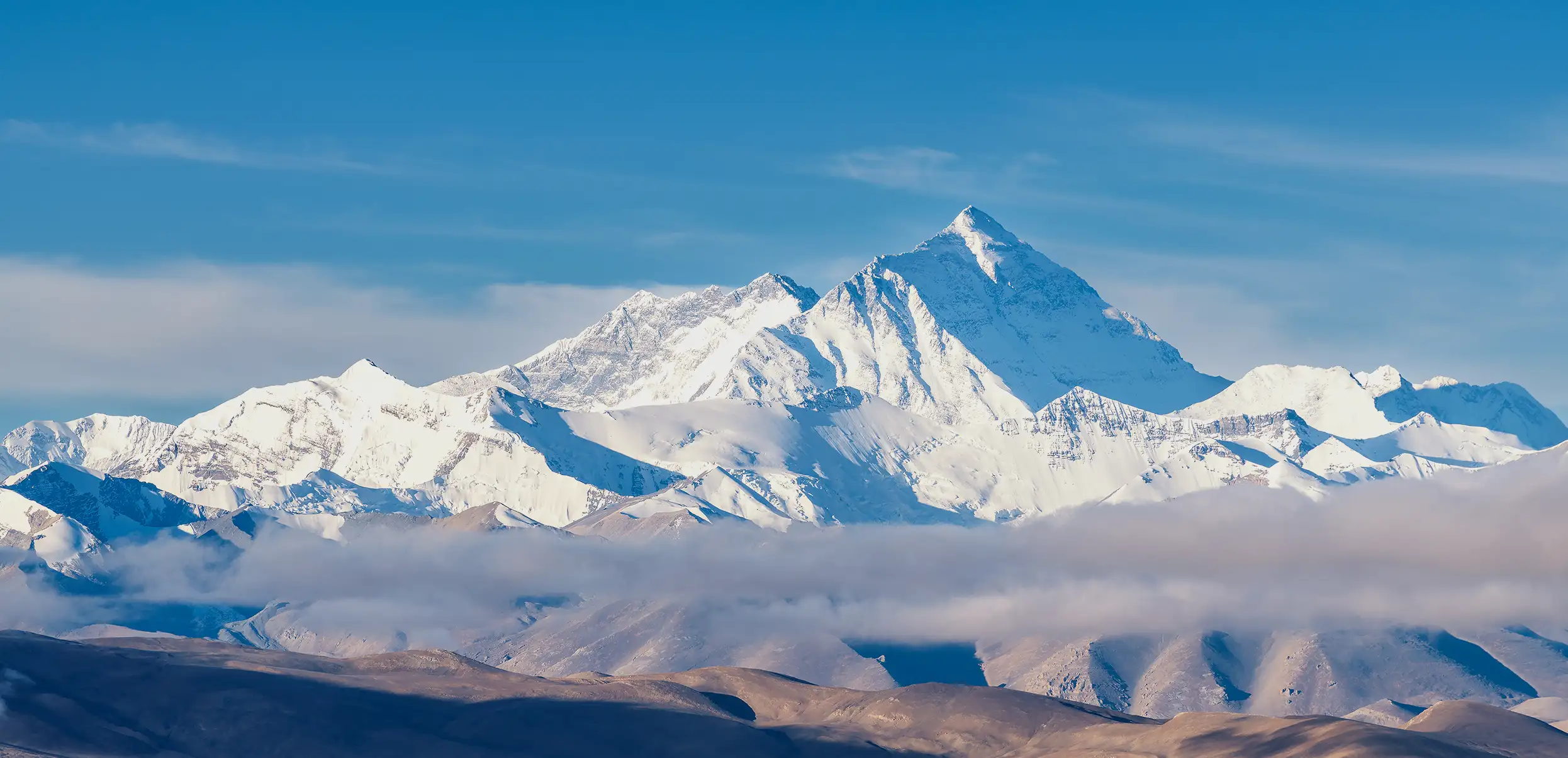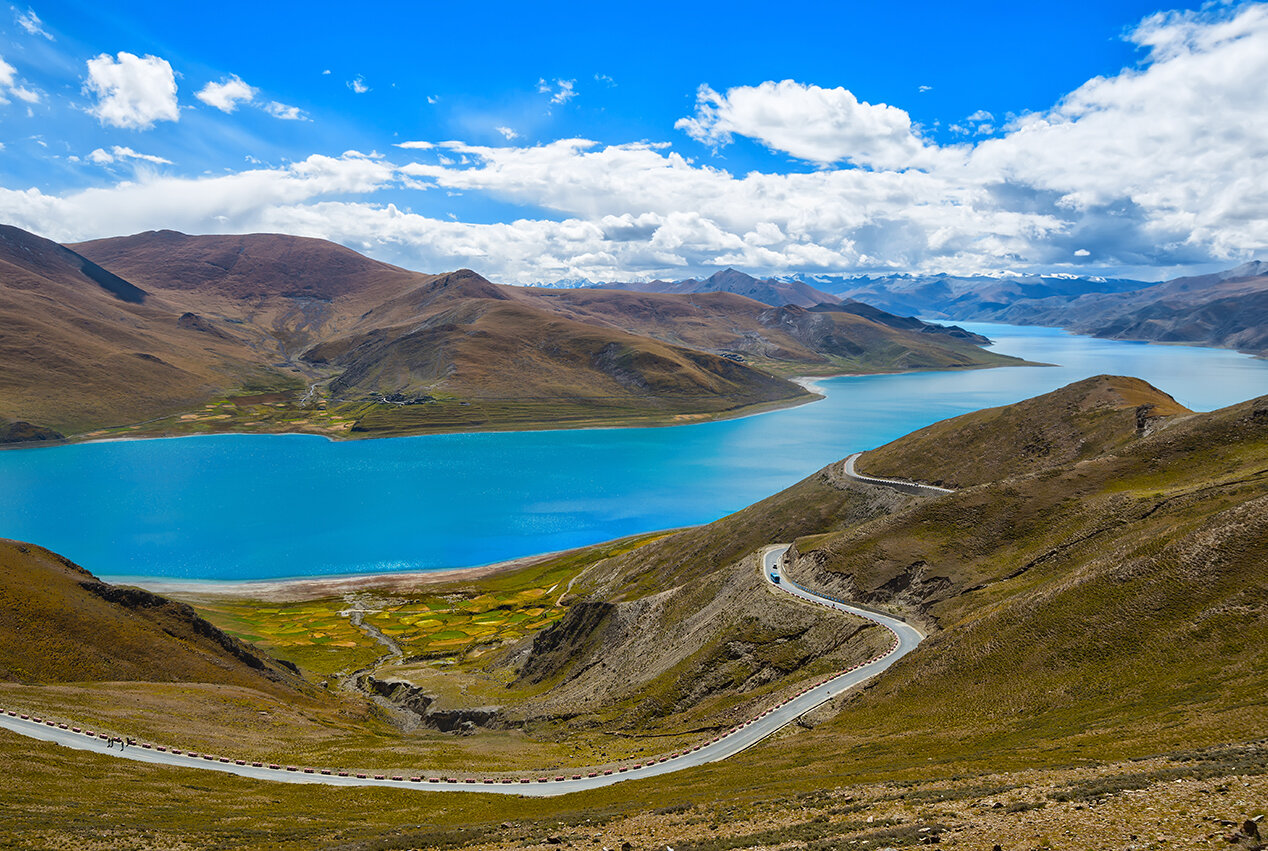

TIBET
Sacred. Rugged. Timeless.

LHASA
Tibet’s cultural capital, the atmospheric city of Lhasa boasts the Potala Palace, Tibet’s most iconic landmark. Devout pilgrims congregate at the city’s majestic temples and bustling local markets fill the streets with delightful sights, smells and colors. The gardens of the former summer residence of the Dalai Lama provide a pleasant place to stroll and escape the hubbub.

NEAR LHASA & TSEDANG
With its rich Buddhist traditions, Tibet’s monasteries are numerous, impressive and individually distinct. Drepung was once the world’s largest monastery, Sera Monastery hosts good-natured religious trivia competitions while the Ganden Monastery boasts remarkable artwork. Ancient Samye was Tibet’s first monastery and holds a special place of reverence in the region.

MT. EVEREST & MT. KAILASH
Soaring Qomolangma (the Tibetan name for Mt. Everest) towers above the plateau, awing visitors with its sheer size and presence. Shorter, but perhaps even more revered, sacred Mt. Kailash draws devout Hindus and Buddhists alike, who believe it to be the most sacred place on the planet. The source of the Indus, Brahmaputra and Ganges rivers lies nearby.

TSANG PROVINCE
Blanketed with rolling foothills and crystal clear alpine lakes, Tsang Province show-cases the best of Tibet’s wild beauty. Brilliantly turquoise Yamdrok Tso lake draws visitors for both its beauty and its sacred aura. The nearby towns of Gyantse and Shigatse shelter fascinating monasteries that are at one with the stunning landscape.
sign up for our
Newsletter
Stay current with all the latest being offered from ATJ, as
well as updates on Asia Destinations.























